Nature & Outdoor Activities
UNESCO Global Geoparks: unique insights into the history of the earth
UNESCO has been recognising World Heritage Sites and biosphere reserves for a long time, and since 2015 added landscapes of international geoscientific importance and special beauty to its list. And because the stony subsurface in Germany is more diverse than in almost any other country in Europe, eight representatives were awarded the title of UNESCO Global Geopark – each with a different focus, from volcanic maars to glacial formations.
Geopark Swabian Alb: picture-book landscape with depth
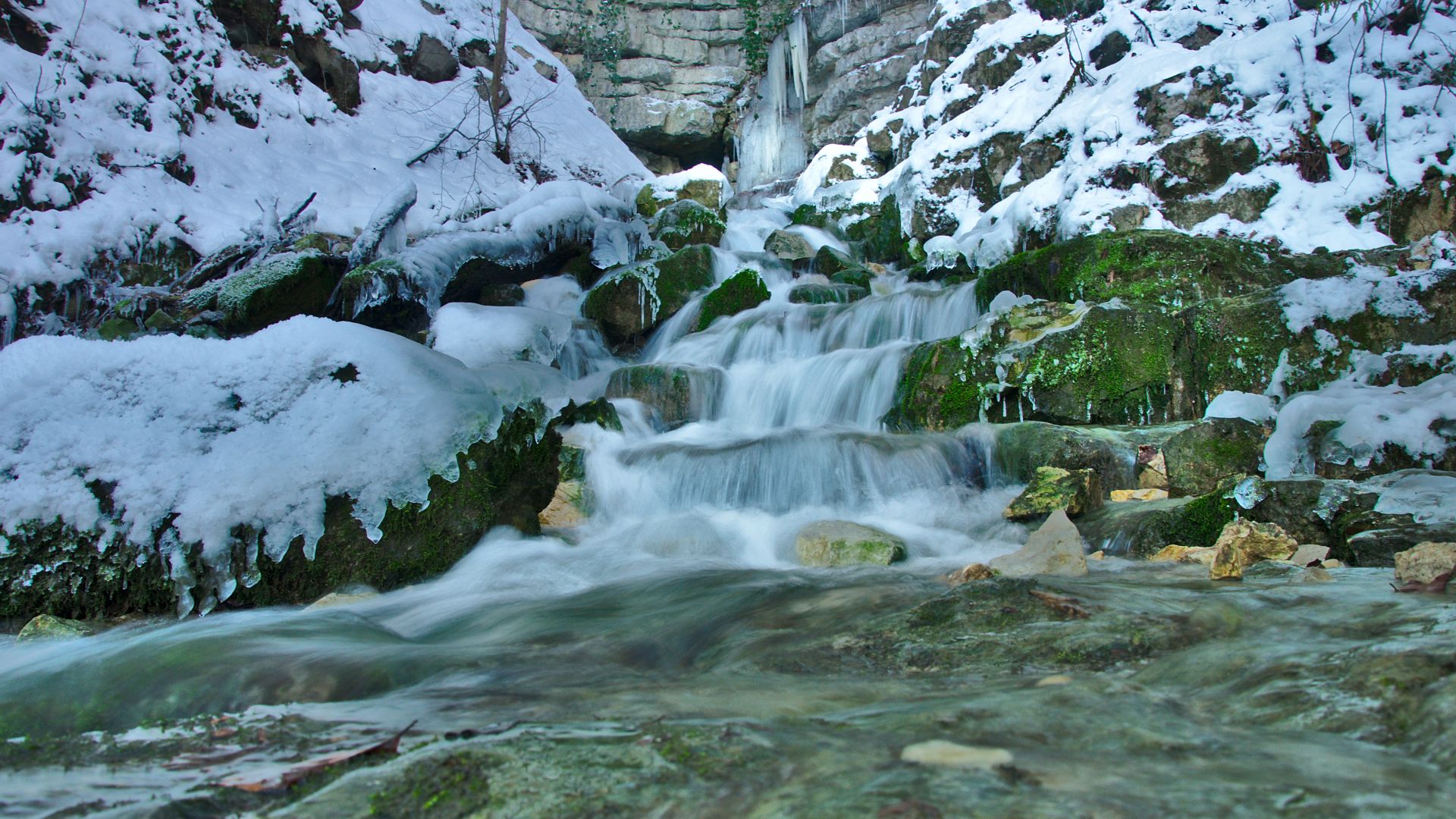 Neidlingen: Evening atmosphere at Neidlingen waterfall in winter
©Adobe Stock (Raina Graf)
Neidlingen: Evening atmosphere at Neidlingen waterfall in winter
©Adobe Stock (Raina Graf)
What do you get if you add limestone, water and a lot of time? In southwest Germany, the answer is a fascinating karst landscape with rock-lined valleys, turquoise-blue spring pools and 2,800 documented caves! The Swabian Alb is the landscape with the most caves in Germany, with a dozen of them open to visitors. World-famous fossils from the Jurassic Sea, volcanoes and extinct meteor craters are also a source of general amazement.
Geopark Thuringia Inselsberg – Drei Gleichen: unrivalled insights into Pangea
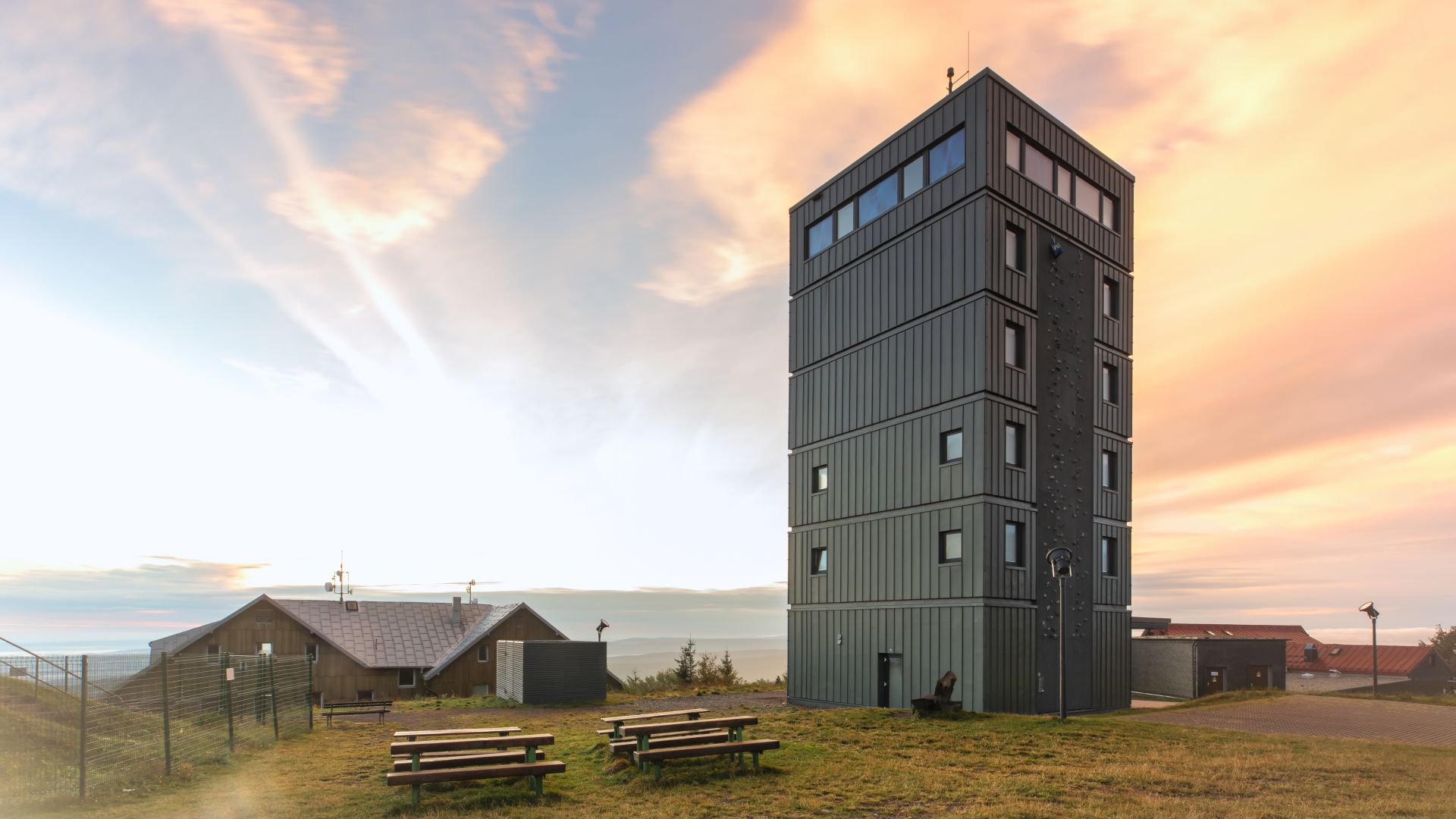 Observation tower on the Großer Inselsberg
©Lookphotos (Markus Ixmeier)
Observation tower on the Großer Inselsberg
©Lookphotos (Markus Ixmeier)
There is a reason for the enormous variety of rocks and fossils found in the low mountain range of the Thuringian Forest, as well as in the more hilly Drei-Gleichen area: the location at the 'joint line' of the former land masses Old Red and Gondwana, which ultimately formed the global primeval continent of Pangea. Its formation in the Carboniferous era and its decay in the Jurassic can be traced here like nowhere else.
Muskau Arch Geopark – Łuk Mużakowa: Ice Age moraine amphitheatre
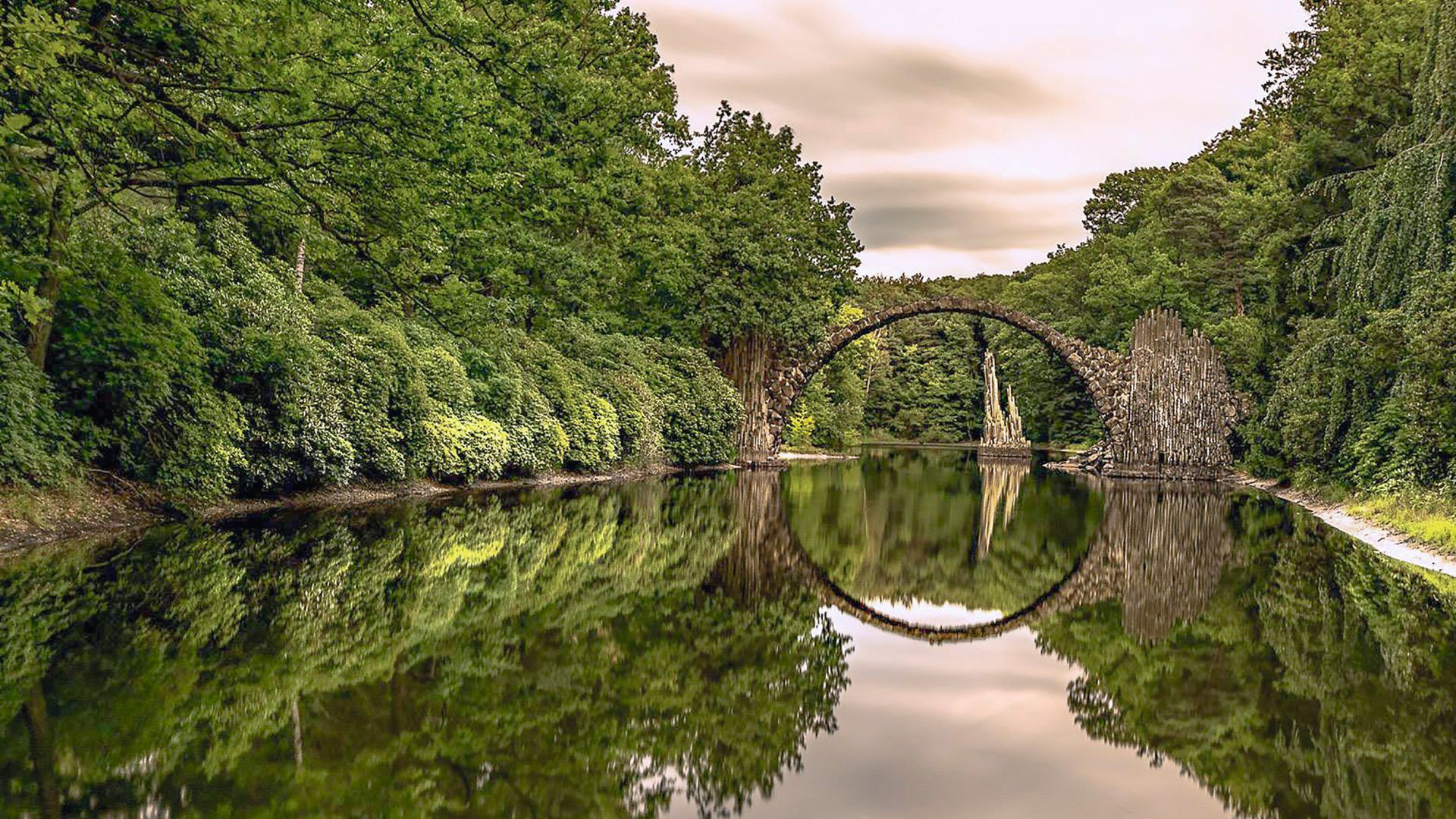 Kromlau: Rakotz Bridge in Rhododendron Park
©Tourismus Marketing Gesellschaft Sachsen GmbH (Anita Demianowicz)
Kromlau: Rakotz Bridge in Rhododendron Park
©Tourismus Marketing Gesellschaft Sachsen GmbH (Anita Demianowicz)
350,000 years ago, when Central Europe was covered in thick ice, a glacier tongue stood out in what is now the Brandenburg-Saxony-Poland triangle . Small but mighty, because the glacier literally crushed the ground and piled up masses of earth in front of it – one gigantic horseshoe-shaped glacier imprint. Today, numerous themed paths and cycle trails, which run through forests and moors and along colourful lakes and erratic blocks, hint at the richness of glacial forms.
Geopark Harz – Braunschweiger Land – Ostfalen: geological treasure trove
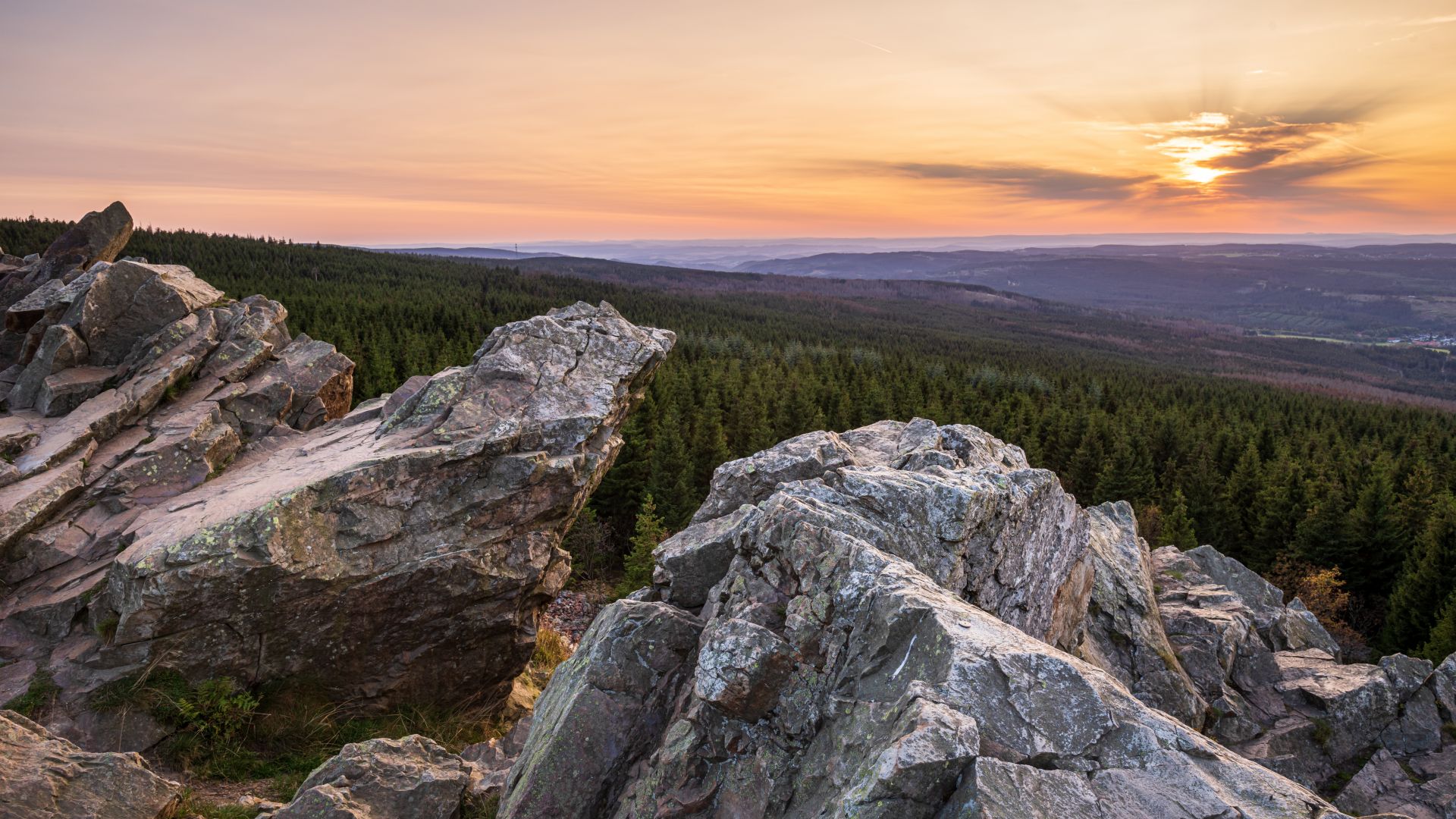 Harz mountains: view over the Harz mountains with rocks and forest at sunset
©TMN (Markus Tiemann)
Harz mountains: view over the Harz mountains with rocks and forest at sunset
©TMN (Markus Tiemann)
With 9,600 square kilometres, it helps to have an overview. In addition to dozens of information centres and information points, the 1,141-metre-high Brocken is the perfect place to visit. Excursions to adventure quarries, show caves and visitor mines such as the UNESCO World Heritage Site Rammelsberg are just as enlightening. You can also get a sense of 450 million years of earth's history, from tropical swamps to coal, on numerous adventure trails and at erratic boulder gardens and prehistoric finds, above all the Schöningen spears.
Volcanic Eifel Nature and Geopark: real solid atmosphere!
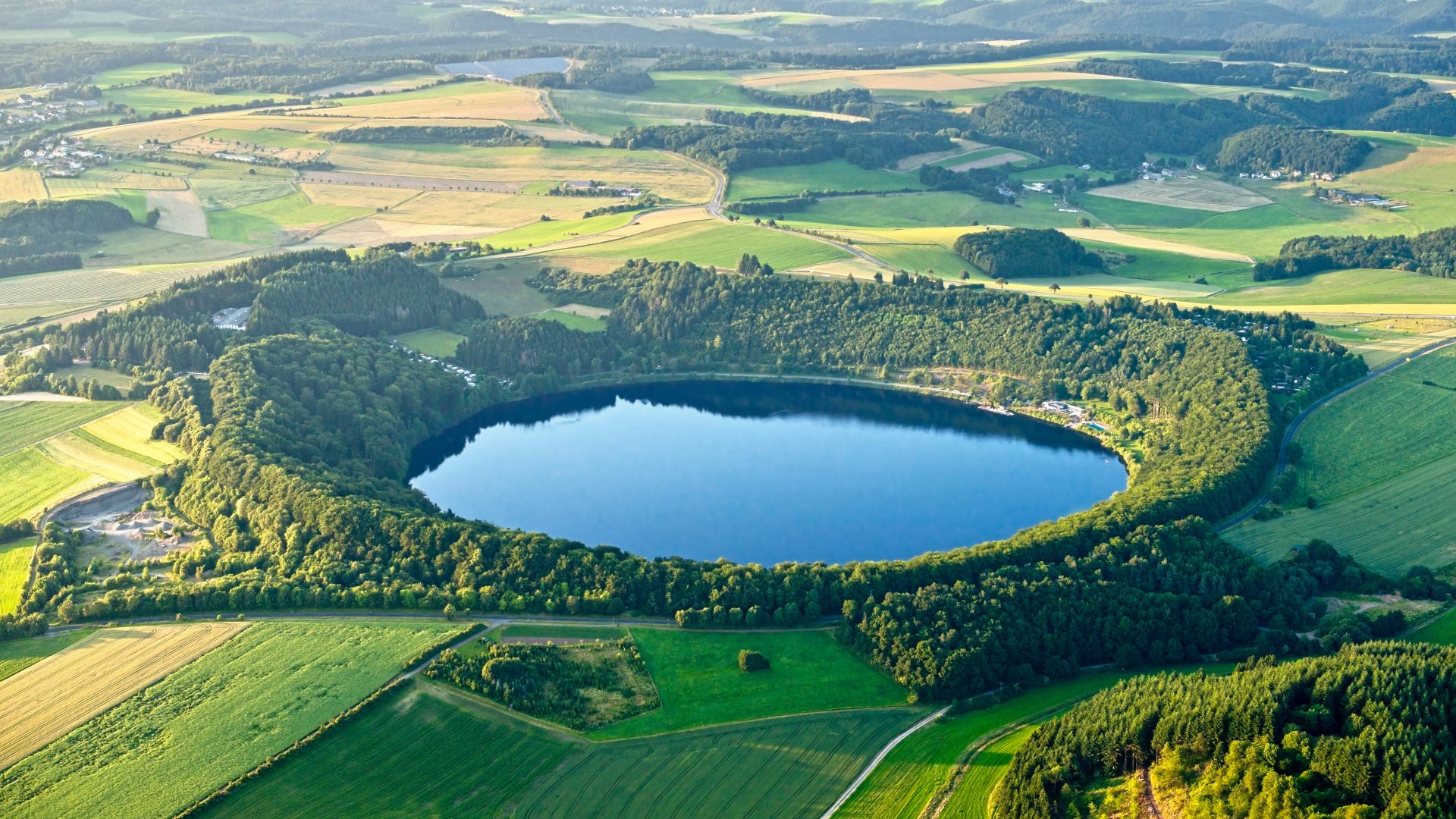 Aerial view of the Dauner Maar in the Volcanic Eifel
©AdobeStock (RalfenByte)
Aerial view of the Dauner Maar in the Volcanic Eifel
©AdobeStock (RalfenByte)
Millions of years of conflict between the elements of fire, water, earth and air brought numerous volcanic cones, mineral water springs and a high volume of natural phenomena to the section of the Rhenish Slate Mountains that stretches from the Belgian border to the Moselle. First and foremost are the maars, hollows created by volcanic activity, a dozen of which are still filled with water today. These make the volcanic Eifel the 'classic' maar region par excellence. And that holds true around the world.
Geopark Ries: extra large meteorite crater
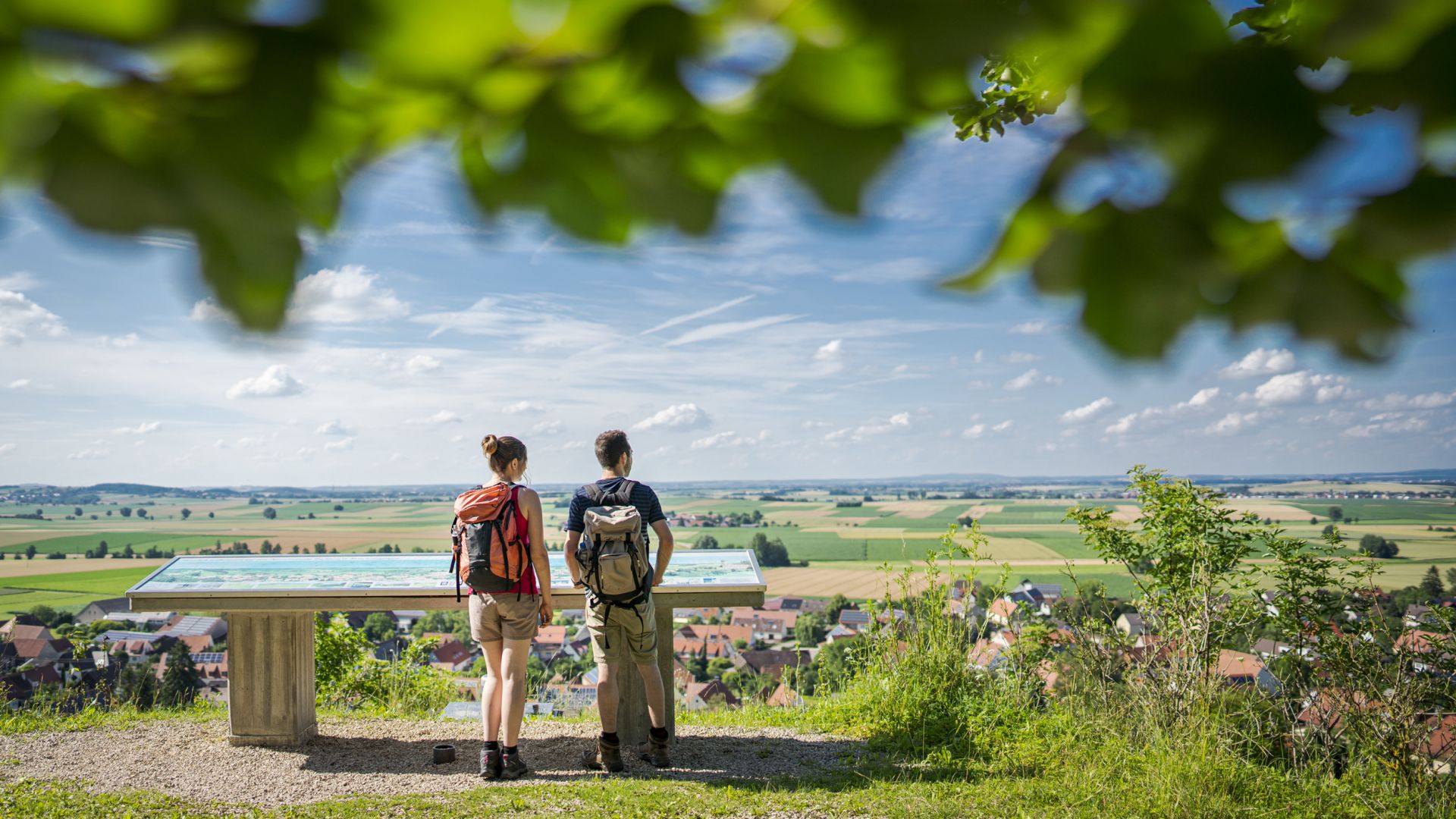 View over the Ries crater in the UNESCO Geopark Ries
©Geopark Ries e.V. (Dietmar Denger)
View over the Ries crater in the UNESCO Geopark Ries
©Geopark Ries e.V. (Dietmar Denger)
With a diameter of 24 kilometres, the impact crater located between the Swabian and Franconian Jura is high up in the European rankings. But it's not just the size of the Nördlinger Ries that makes it so special, but also the fact that this flat, largely unwooded crater basin with its rim up to 150 metres high is extremely visible and, on top of that, densely populated. And we don't just mean the sheep on the dry grassland and juniper heathland...
Geo-Nature Park Bergstrasse Odenwald: fossils and fantastic rocks
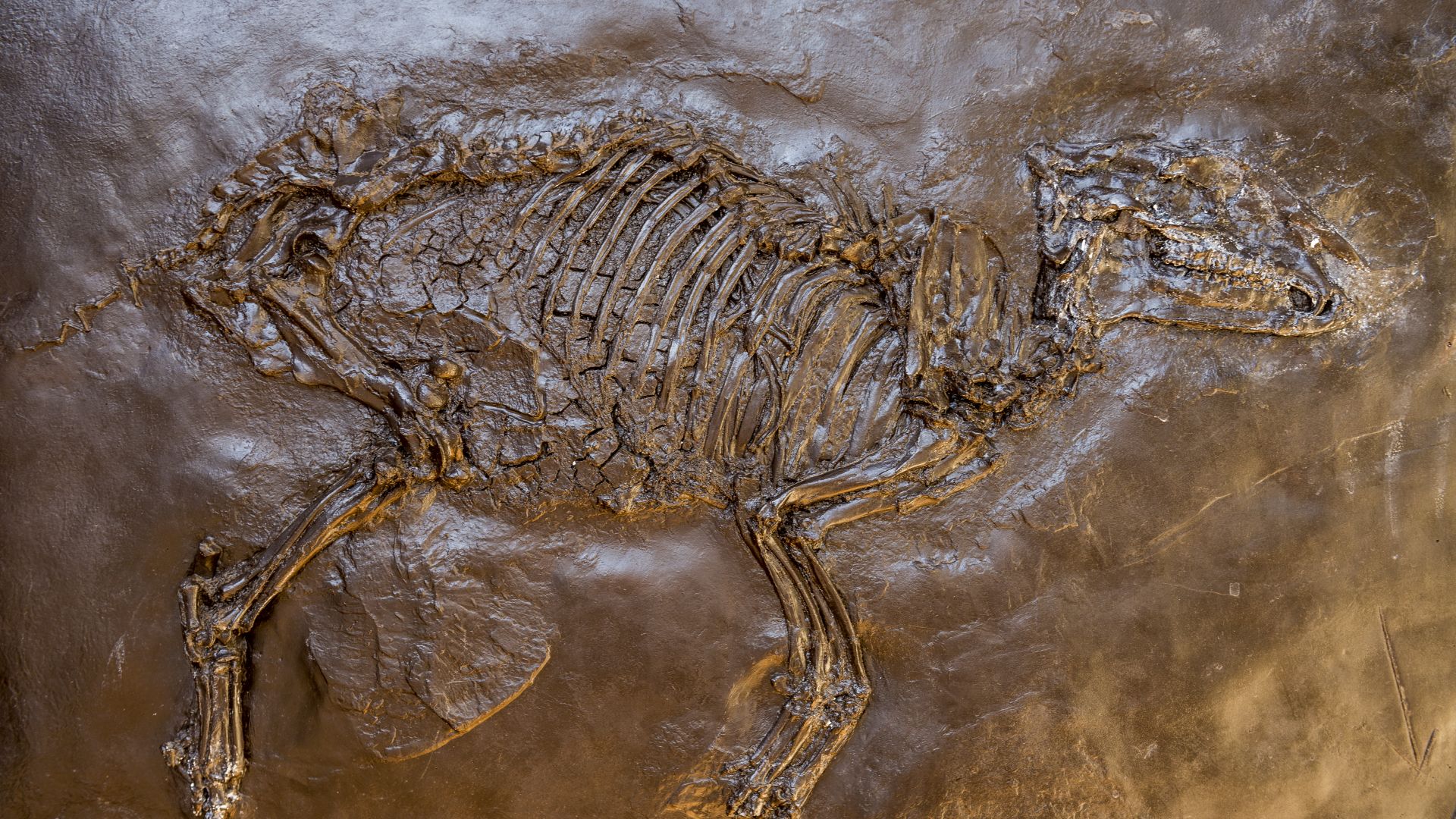 Well-preserved fossil in the UNESCO World Heritage Site Messel Pit
©Lookphotos (robertharding)
Well-preserved fossil in the UNESCO World Heritage Site Messel Pit
©Lookphotos (robertharding)
How do you convey 500 million years of the earth's turbulent history? Among other things, the geopark has 20 information centres and environmental education stations, as well as a series of geo-experience trails that point out special natural features. And there are quite a few! The range spans from the old meanders of the Rhine and the sea of rocks in the Lauter Valley, to the UNESCO World Heritage Site Messel Pit and its top fossils , the Odenwald with its mighty granite and sandstone formations and the caves and sinkholes of the Bauland.
TERRA.vita Nature and Geopark: 300 million years of the earth's history
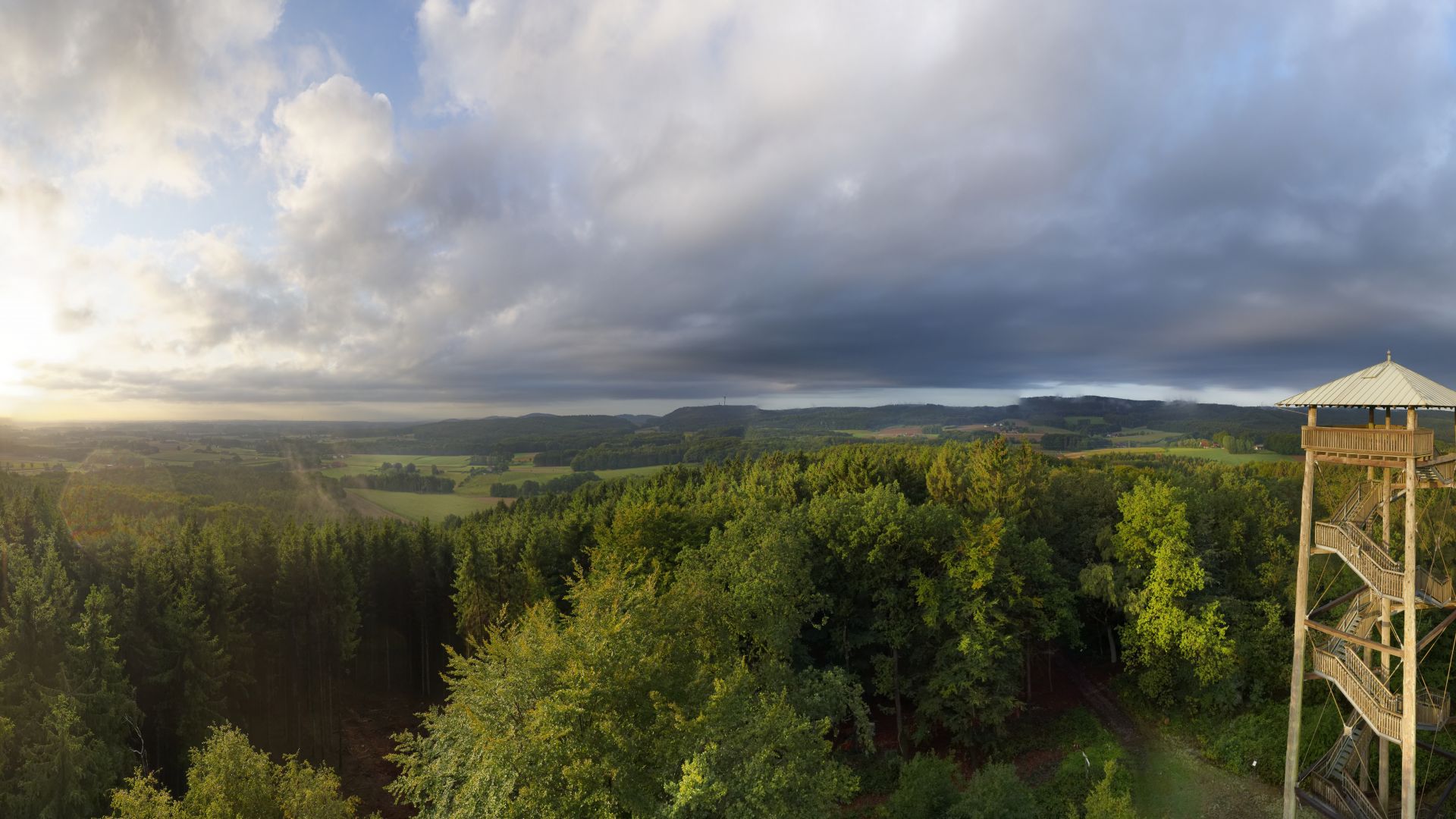 Observation tower in the TERRA.vita Nature and Geopark
©Natur- und UNESCO Geopark TERRA.vita
Observation tower in the TERRA.vita Nature and Geopark
©Natur- und UNESCO Geopark TERRA.vita
'All origin from the earth' is the meaning of TERRA.vita. It makes sense, because in the northwestern foothills of the German low mountain range, the past 300 million years are documented more completely than in almost any other place. Amongst moors, wooded mountain ranges, river landscapes and terminal moraines, you'll find coal forests, dinosaur tracks and Ice Age artefacts. In addition to hiking trails lasting up to several days, there are also treetop paths, mines and historical museums.